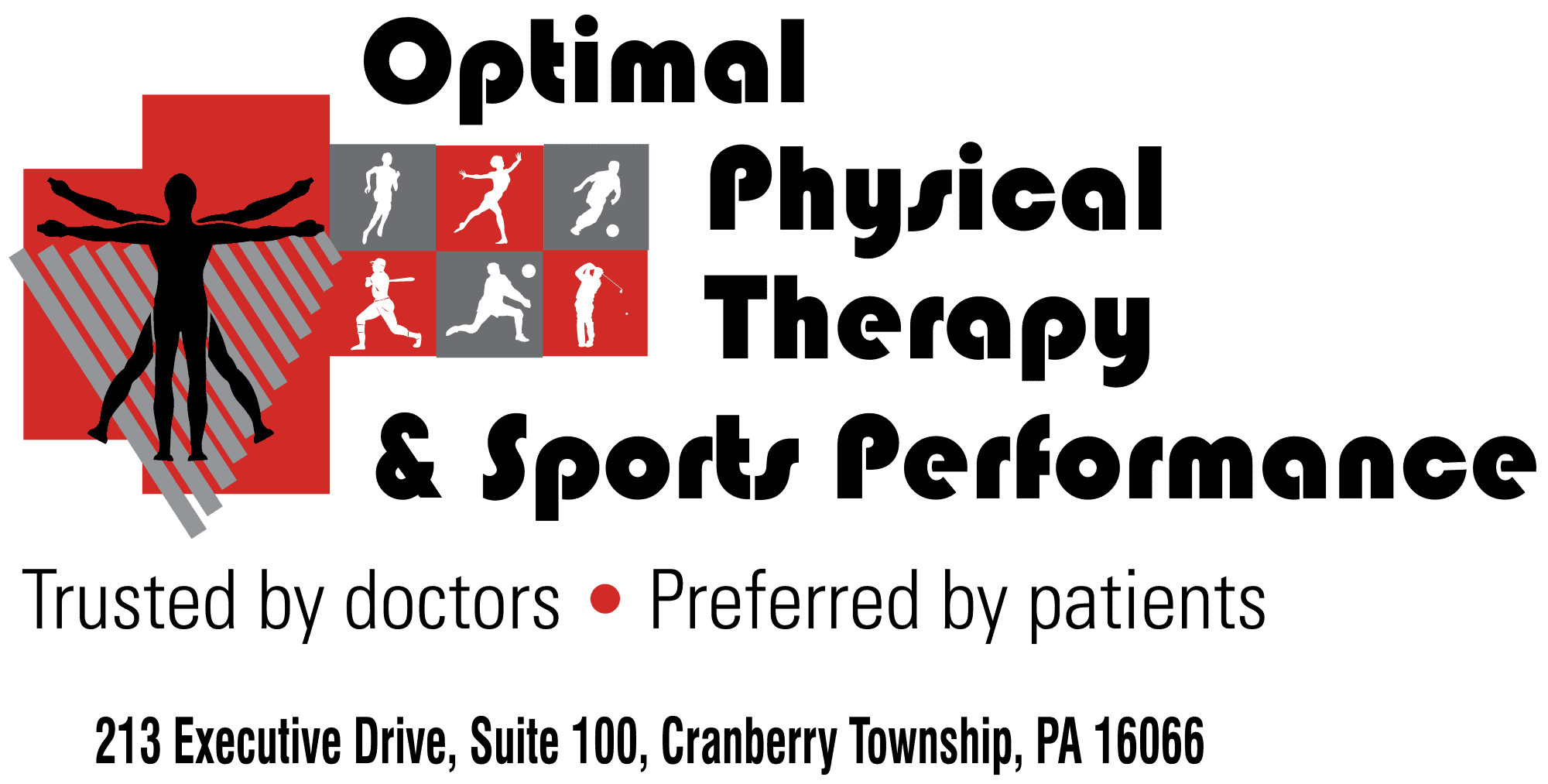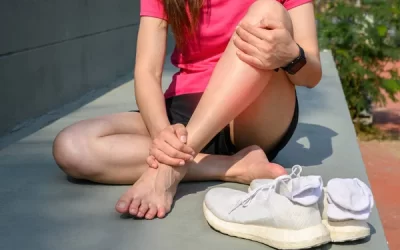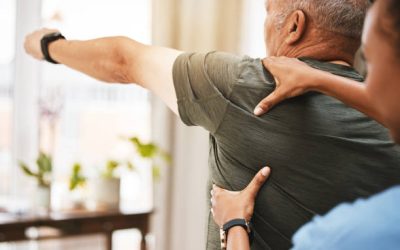The physical demands placed on dancers and gymnasts are unique from any other type of athlete. Like other athletes, the hours of training and practice can make an individual susceptible to many types of overuse injuries, but the great amount of flexibility and movement of the joints that is required is often a more common source of injury. Excessive movement of the joints, also known as hypermobility, is often sought out in dancers and gymnasts. It can be a great asset to these athletes, but if not achieved slowly and with proper training, can lead to injury in growing adolescents.
Hypermobility allows dancers and gymnasts to achieve the extreme positions required of these disciplines, but if not trained properly can lead to joint, tendon, ligamentous and muscular injury. These injuries tend to occur at the foot, ankle, lower leg, hip and low back. Gymnasts also are also especially vulnerable to shoulder and wrist injuries due to the fact that the upper extremity is used as a weight bearing joint.
There are many factors that contribute to the stability of a joint. The capsule and muscles that surround the joint, ligaments and tendons, and the proprioceptive system all contribute to joint stability. The proprioceptive system involves sensory nerves that are embedded in the joint capsules and ligaments that constantly inform our central nervous system of position, movement and rate of movement. The joint capsule, ligaments and tendons are often overstretched in dancers and gymnasts, but both the proprioceptors and muscles surrounding the joint can, and need to be, trained to increase the stability of the joint to prevent injury.
Many dance and gymnastics schools overlook the training of proprioception and strengthening and instead focus on achieving flexibility and hypermobility of the joints. This is where intervention by one of our physical therapists who understands the unique demands placed on these athletes can be beneficial in training athletes to prevent injury. The physical therapists at Optimal Physical Therapy and Sports Performance are trained in developing a program that will train both the proprioceptive and muscular systems to increase the likelihood of a long career and reduce the time needed to recover from injury. Please call us to discuss what we can do for you.



